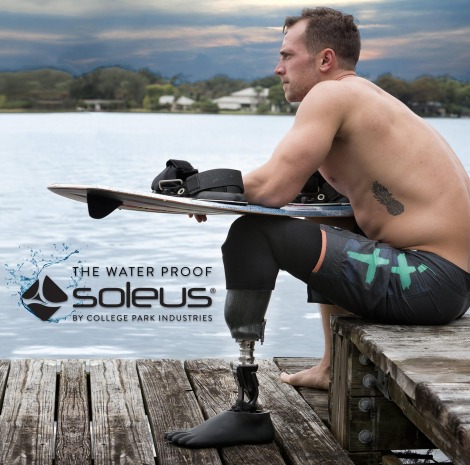
Unlike standard knee joints, prosthetic knee joints are used that respond adaptively to the patient's variable mobility and environmental conditions. It transmits the environmental or mobility changes that occur during the ambulation to the microprocessor circuit via sensors located in the joint. The microprocessor processes the data it receives and changes the mechanical setting of the joint by sending electronic signals.
It is applied after knee or below knee amputations. It is the most advanced socket system. It consists of a pump that creates a negative pressure at the specified value and the liner systems that traps the air in the socket after removing all of the air left in the socket by the stump of the patient.
It is applied after knee or below knee amputations. It is applied to patients with K4 activity level. Normal running, marathon etc. produced for activities. Depending on the properties of the prosthetic foot used; waterproofness, vertical suspension, 3-axis movement, as well as optional equipment can accommodate.
It is applied after knee or below knee amputations. Today, many high-tech prosthetic parts are water-resistant. However, special prostheses are required for activities that cause intense fluid contact, such as bathing and swimming. Some of the prosthetic parts used are specially produced for swimming and some for bathing activity. Prostheses are also designed to be used for both activities.